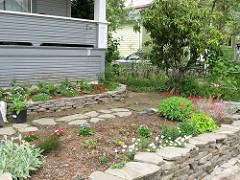As Americans, we have developed a bad habit of not really watching what goes into our bodies as fuel. We tend to eschew this part of our daily routines. So busy that we run out of the house without eating breakfast, subsisting on coffee and donuts until the mid afternoon when we break for a lunch that ends up being pure junk. Because junk is quick. At Upcycle, we prefer to take life a little slower and make sure that we keep an eye on our superfood consumption.
Superfood Consumption Benefits
What’s more is that you can grow so many different superfoods right in your own home. You don’t have to go to the local health food store to get some fancy macrobiotic, genetically engineered frankenfood. No way. You can pull your superfoods for consumption right out of your own plants. And it’s a double whammy. While you’re saving money growing your own superfoods for consumption, the basic act of nurturing a plant from seedling to mature, produce producing, plant is mentally satisfying in its own right. Wait… that’s a triple whammy.
Recent dietary research has uncovered 14 different nutrient-dense foods that time and again promote good overall health. Coined “superfoods,” they tend to have fewer calories, higher levels of vitamins and minerals, and many disease-fighting antioxidants.
What Should I Grow?
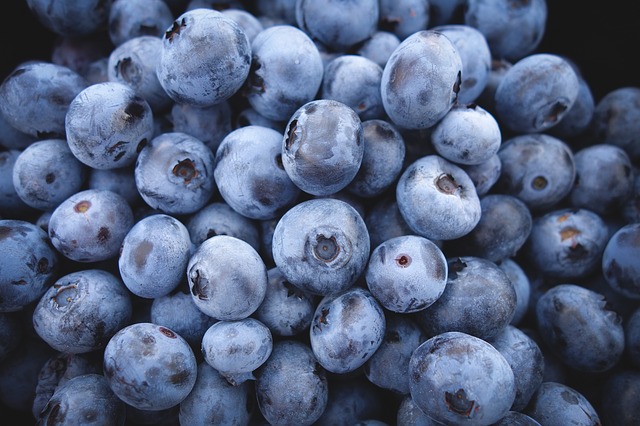 Beans (legumes), berries (especially blueberries), broccoli, green tea, nuts (especially walnuts), oranges, pumpkin, salmon. soy, spinach, tomatoes, turkey, whole grains and oats, and yogurt can all help stop and even reverse diseases such as hypertension, diabetes, Alzheimer’s, and some forms of cancer. And where one might have an effect on a certain part of the body, it can also affect the health of other body functions and performance, since the whole body is connected. With these 14 foods as the base of a balanced, solid diet, weight loss gimmicks and other fly-by-night programs can become a thing of the past in your life.
Beans (legumes), berries (especially blueberries), broccoli, green tea, nuts (especially walnuts), oranges, pumpkin, salmon. soy, spinach, tomatoes, turkey, whole grains and oats, and yogurt can all help stop and even reverse diseases such as hypertension, diabetes, Alzheimer’s, and some forms of cancer. And where one might have an effect on a certain part of the body, it can also affect the health of other body functions and performance, since the whole body is connected. With these 14 foods as the base of a balanced, solid diet, weight loss gimmicks and other fly-by-night programs can become a thing of the past in your life.
Why Should I Be Consuming Superfoods?
Conversely, the ill-effects of an unbalanced diet are several and varied. An unhealthy diet causes low energy levels, mood swings, and exhaustion. Add weight change, body image issues and you’ll know your diet is unbalanced. An unbalanced diet can cause problems with maintenance of body tissues, growth and development, brain and nervous system function, as well as problems with bone and muscle systems.
Symptoms of malnutrition include lack of energy, irritability, a weakened immune system leading to frequent colds or allergies, and mineral depletion that can trigger a variety of health concerns including anemia.
And since the body is connected, realizing that an unhealthy body will result in an unhealthy spirit only makes sense. When we nourish our body with these superfoods and complement them with other nutrient-dense and healthy fresh foods, our spirit will be vitalized and healthy as a direct result.
Start Today
Don’t wait. Every day you wait is a day you’re living with your poor diet.
Many modern diets based on prepackaged convenience foods are sorely lacking in many vitamins and minerals. That vitamin deficient diet will affect our mental capacities as well. It will cause anxiety, confusion, and the feeling of ‘being in a fog’ all the time. If you’ve ever spent a day at the office where you have the mental prowess of a block of ill-treated wood, you know what brain fog is all about.
As a result it is so easy and rewarding to grow your own superfood from scratch. Native Soil serves as a perfect amendment to any home garden. Urban areas, tend to have nutrient deficient soil. It is as if the soil absorbs the personality of the humans scurrying around it. Just a little bit of Native Soil to restore the soil health is a no-brainer.
Conclusion
Superfoods can be the basis of a sound, healthy, nutritious solution to curing many of these ailments and more. Don’t let another foggy day slip by. Seize the day. Get your hands dirty.
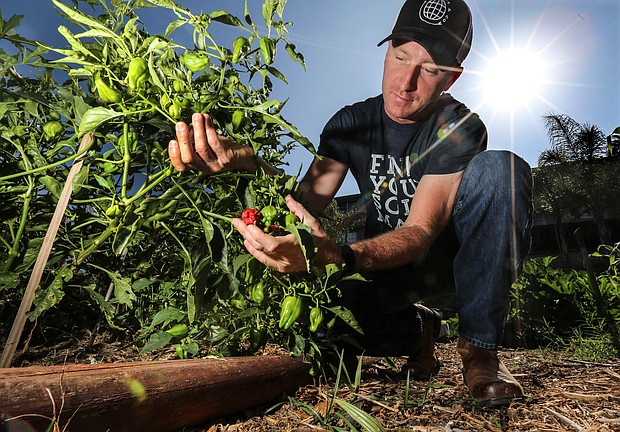

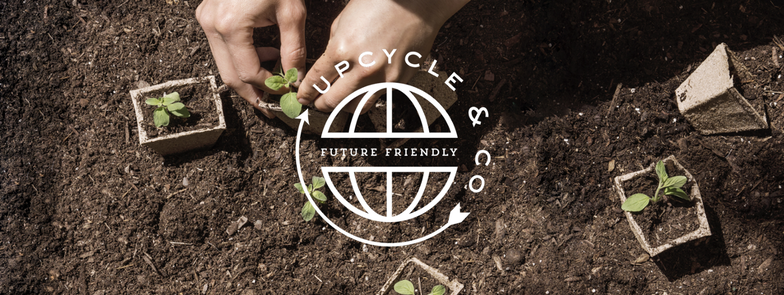





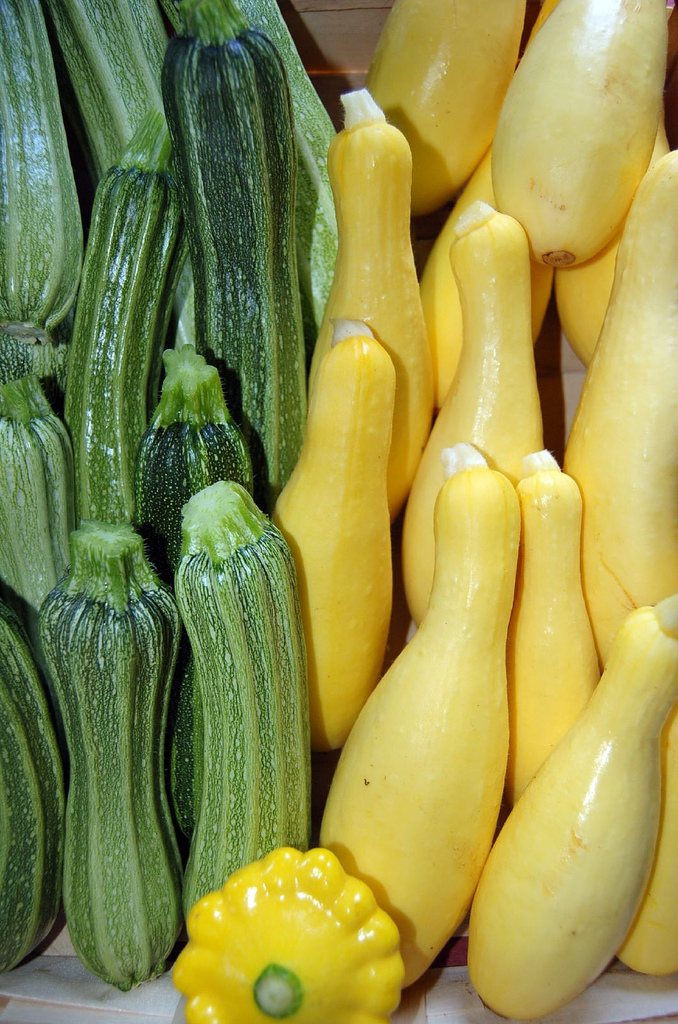
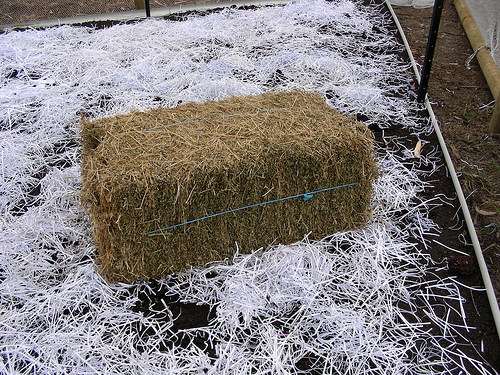
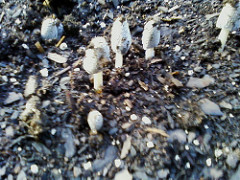
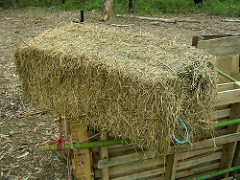

 Beans (legumes), berries (especially blueberries), broccoli, green tea, nuts (especially walnuts), oranges, pumpkin, salmon. soy, spinach, tomatoes, turkey, whole grains and oats, and yogurt can all help stop and even reverse diseases such as hypertension, diabetes, Alzheimer’s, and some forms of cancer. And where one might have an effect on a certain part of the body, it can also affect the health of other body functions and performance, since the whole body is connected. With these 14 foods as the base of a balanced, solid diet, weight loss gimmicks and other fly-by-night programs can become a thing of the past in your life.
Beans (legumes), berries (especially blueberries), broccoli, green tea, nuts (especially walnuts), oranges, pumpkin, salmon. soy, spinach, tomatoes, turkey, whole grains and oats, and yogurt can all help stop and even reverse diseases such as hypertension, diabetes, Alzheimer’s, and some forms of cancer. And where one might have an effect on a certain part of the body, it can also affect the health of other body functions and performance, since the whole body is connected. With these 14 foods as the base of a balanced, solid diet, weight loss gimmicks and other fly-by-night programs can become a thing of the past in your life.
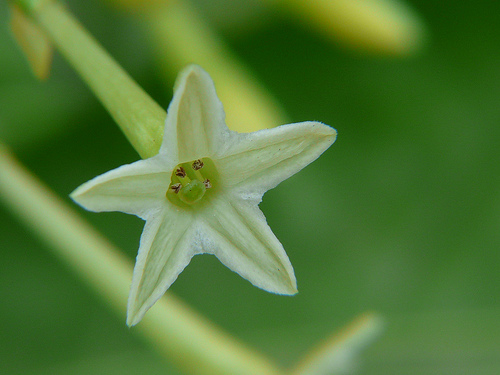




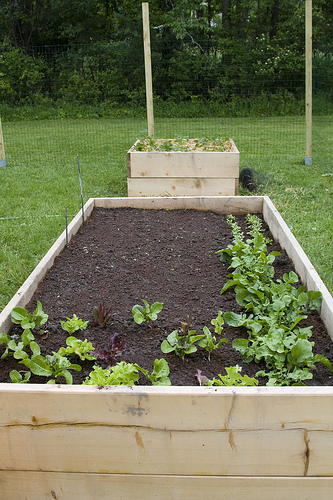

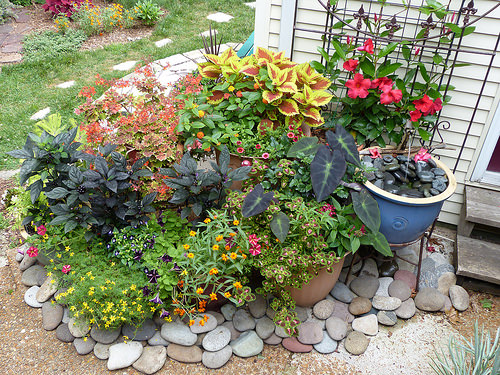
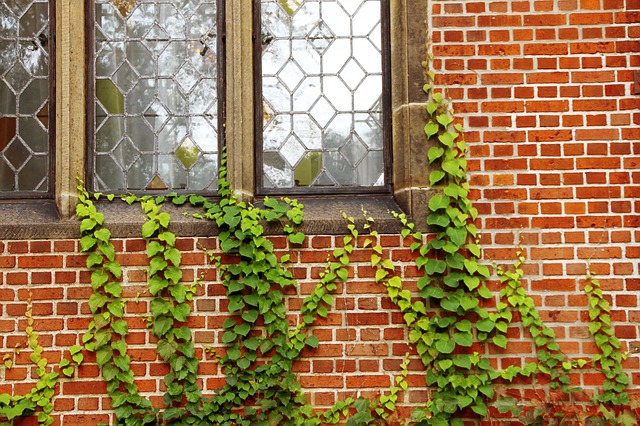 These types of plants can climb anything, which makes them perfect for covering up a wall or fence that needs to be hidden. You may also be interested in training them over an arbor or trellis. You can also grow them among existing landscape trees and plants. There are those that have to be fixed to a support, but others will find a surface to cling to all on their own through twining stems or tendrils. Some climbers that have proven to be reliable are honeysuckle, jasmine, wisteria, clematis, and climbing roses.
These types of plants can climb anything, which makes them perfect for covering up a wall or fence that needs to be hidden. You may also be interested in training them over an arbor or trellis. You can also grow them among existing landscape trees and plants. There are those that have to be fixed to a support, but others will find a surface to cling to all on their own through twining stems or tendrils. Some climbers that have proven to be reliable are honeysuckle, jasmine, wisteria, clematis, and climbing roses.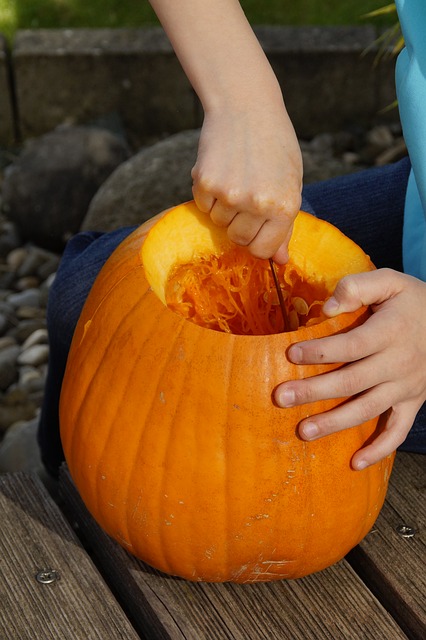


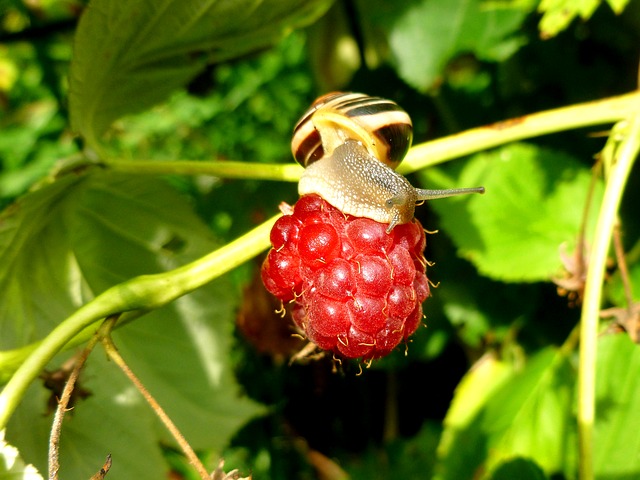 Some perennials are not preferred meals for snails and slugs, especially if their foliage is hairy and tough, or tastes bad. These varieties include achillea, helleborus, heuchera, euphorbia, and campanula.
Some perennials are not preferred meals for snails and slugs, especially if their foliage is hairy and tough, or tastes bad. These varieties include achillea, helleborus, heuchera, euphorbia, and campanula.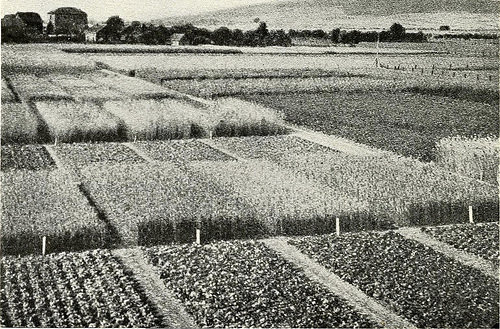

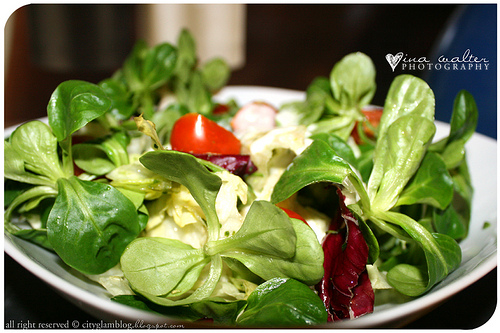
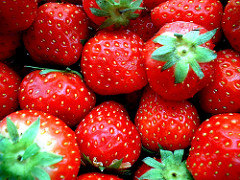
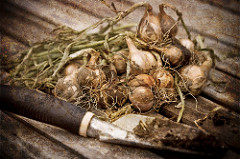

 Sometimes the soil you want to use for your garden has a high alkaline or salt content. Outside of using Native Soil, combine coffee grounds with the soil to reduce this. Basically, the grounds resupply the soil with acid. This is one of the most inexpensive ways to achieve this result. When you can eliminate excess alkaline from the soil, it makes what you are growing much healthier. This means your veggies will taste better, and your flowers will be more vibrant than ever.
Sometimes the soil you want to use for your garden has a high alkaline or salt content. Outside of using Native Soil, combine coffee grounds with the soil to reduce this. Basically, the grounds resupply the soil with acid. This is one of the most inexpensive ways to achieve this result. When you can eliminate excess alkaline from the soil, it makes what you are growing much healthier. This means your veggies will taste better, and your flowers will be more vibrant than ever.